It rained most of yesterday and last night, so we and Molly took a drive north today to see the Great Lakes Shipwreck Museum on Whitefish Point of Lake Superior.
We drove most of the way in light to moderate rain, and as we drove the last eleven miles to Whitefish Point, the temperature dropped a little and a light mist and fog set in. The museum complex sits on the Point and, in addition to the shipwreck museum itself, consists of the Whitefish Point Lighthouse, lighthouse keeper's and assistant keeper's duplex, USCG lifeboat station, crews' quarters, and a gift shop. The lighthouse, duplex, and lifeboat station have been restored, and furnished with period correct artifacts and furniture. A very professional restoration with life-like mannequins in the duplex. The lifeboat station crews' quarters has been "adaptively" restored into a lodge with five themed rooms, private baths and entertainment centers with full satellite technology while retaining the historical charm. Folks can rent a room or more for a night or two.
The museum is not a large building, but its contents are very well presented and capture the stories of significant shipwrecks that have occurred near the Point. The more recent and famous shipwreck being the Edmund Fitzgerald.
In the center of the room is a large Fresnel Lens from a lighthouse sitting on the mechanism used to turn the lens. Around it are benches that are made from wood recovered from the shipwrecks in the area. On the four walls of the room are artifacts, wooden models, and narratives of several shipwrecks. In addition there is a presentation of the evolution diving suits and their use in salvaging the shipwrecks.
The main reason I wanted to come here was the story of the Edmund Fitzgerald. Having listened to Gordon Lightfoot's "Wreck of the Edmund Fitzgerald" for all these years, I have always wanted to learn more about the tragedy and where it occurred. Today, I checked off that bucket list item. The museum's presentations, both in the artifacts and story in the museum and the movie in their theater, are excellent.
The most striking artifact is the ship's bell that was recovered in 1995. Also, we learned that when the ship's bell was recovered a second bell with the names of all 29 men who were lost was placed on the deck of the sunken hull to replace the recovered ball. While the museum is well of the beaten path, it well worth the trip to see.
As we were driving up, we passed through Paradise, MI and saw that they were having a wild blueberry festival so we stopped there on or way back to the campground. Based on the title of their festival we expected to see several vendors selling all things related to wild blueberries, but found that with the exception of the baked goods sale inside the main building, most vendors were selling everything but. However, we did find one guy selling mustard and offered a wild blueberry mustard that tasted pretty good, so we bought a jar.
When we returned to the campground, we dropped Molly off at the coach and drove back into town for a late lunch/early dinner at The Galley. They had "pasties" on their menu and had been told that we needed to try them as it is a UP "thing". Back home, we had seen that the one of the local Catholic Churches sells "pasties" every year, but never tried one. We were also advised that they should be eaten plain or with ketchup, as having them with gravy was a "tourist" thing. Unfortunately, they serve it with a brown gravy poured over the pasty, so we did not get it as the locals eat it. A pasty is a pastry filled with meat and potatoes or rutabaga and baked. It is a "comfort food" type of meal. Of note, had we not had the gravy, it would have been pretty dry.

 Saint Ignace, Michigan, United States
Saint Ignace, Michigan, United States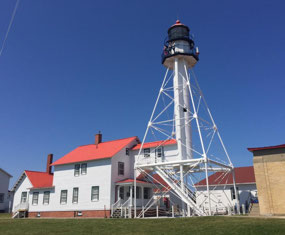
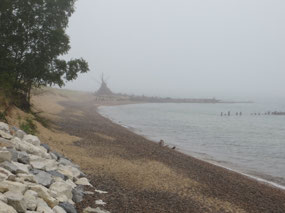



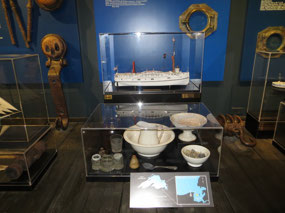
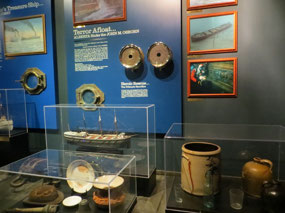
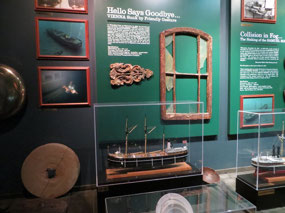
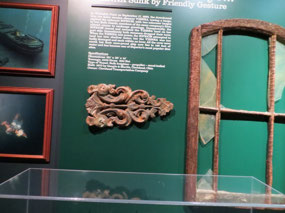
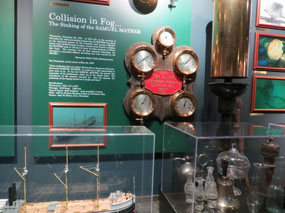
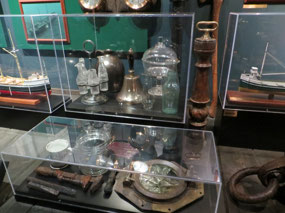
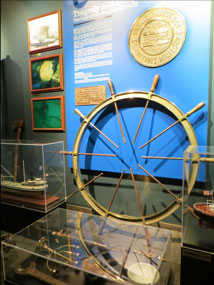
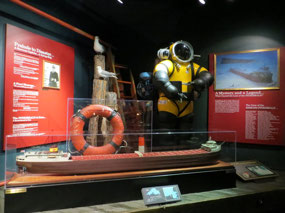
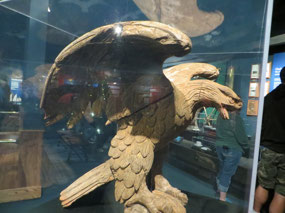
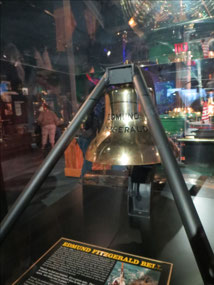
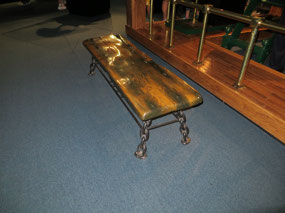
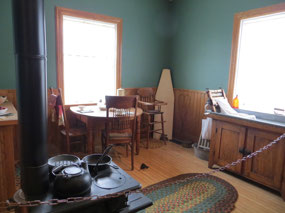
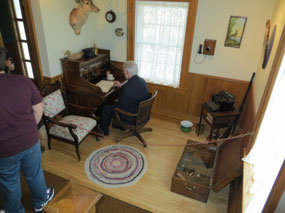
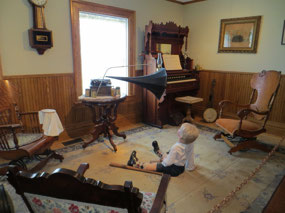
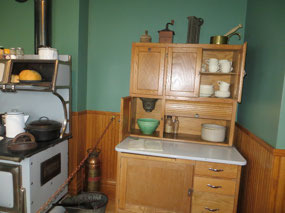
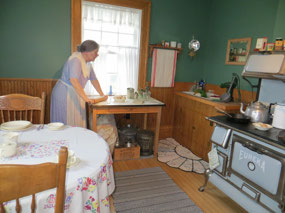
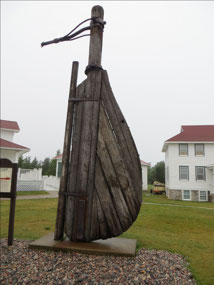
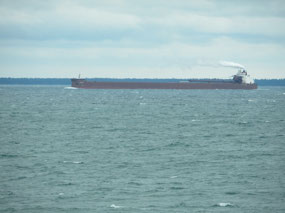
2025-05-23